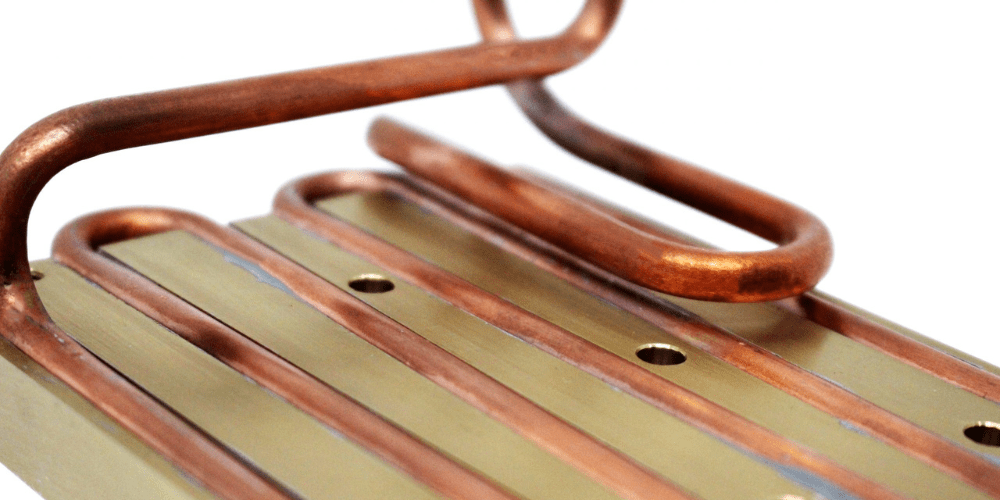Function of water cooled plate
Water cooled plates are commonly used as heat sinks in high power electronic devices such as power transistors, thyristors, and high power diodes. The primary function of a water cooled plate is to remove heat generated by the electronic device and dissipate it into a fluid (usually water) flowing through the plate.
The water cooled plate typically consists of a metal base plate, which is in contact with the electronic device, and a network of channels or tubes through which the cooling fluid flows. The base plate is typically made of a highly conductive material such as copper or aluminum, which allows heat to be transferred efficiently from the device to the cooling fluid.
As the device operates, heat is generated and transferred to the base plate. The cooling fluid flowing through the channels or tubes in the water cooled plate absorbs the heat, and carries it away from the device. The heated fluid then flows to a heat exchanger, where the heat is dissipated into the surrounding environment (e.g. through a radiator or cooling tower).
The use of water cooled plates as heat sinks provides several advantages over air-cooled heat sinks. Water has a much higher specific heat capacity than air, meaning that it can absorb more heat per unit volume. This allows water cooled plates to dissipate much larger amounts of heat than air-cooled heat sinks. Additionally, water has a much higher thermal conductivity than air, which allows for more efficient heat transfer between the device and the cooling fluid.
Overall, the function of a water cooled plate is to provide effective cooling for high power electronic devices, allowing them to operate at optimal temperatures and ensuring reliable and efficient performance.
Liquid cold plates in refrigerator
Liquid cold plates are not typically used in refrigerators. Refrigerators use a different cooling mechanism known as vapour compression refrigeration. In vapour compression refrigeration, a refrigerant is compressed, causing it to increase in temperature. The hot refrigerant then flows through a condenser coil, where it releases heat to the surrounding environment and condenses into a liquid. The liquid refrigerant then flows through an expansion valve, which causes it to expand and cool, and then enters an evaporator coil where it absorbs heat from the refrigerator compartment and evaporates back into a gas. This cycle repeats continuously to maintain a consistent temperature inside the refrigerator.
Liquid cold plates, on the other hand, are typically used in high power electronic devices such as power transistors and high power diodes. They function as a heat sinks, dissipating heat generated by the electronic device into a liquid flowing through the plate. The heated liquid is then typically circulated to a heat exchanger where the heat is dissipated into the surrounding environment.
Moreover, while liquid cooling is used in both refrigeration and electronic cooling applications, the specific implementation and equipment used are different. Refrigerators use a vapour compression refrigeration cycle while liquid cold plates are used as heat sinks in high power electronic devices.
Lastly, The water cooled plate typically consists of a metal base plate, which is in contact with the electronic device, and a network of channels or tubes through which the cooling fluid flows. The base plate is typically made of a highly conductive material such as copper or aluminum, which allows heat to be transferred efficiently from the device to the cooling fluid. Therefore, The function of a water cooled plate is to dissipate heat generated by the electronic device into a fluid (usually water) flowing through the plate, allowing the device to operate at optimal temperatures and ensuring reliable and efficient performance.


